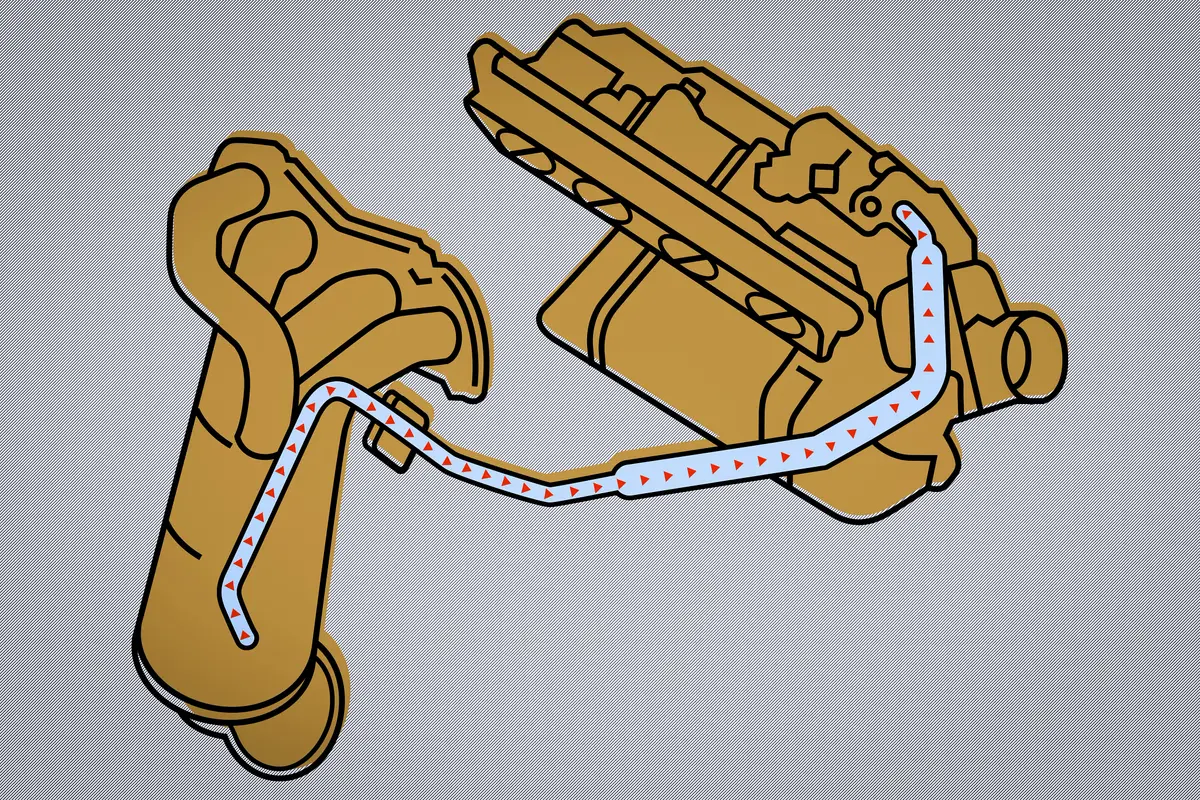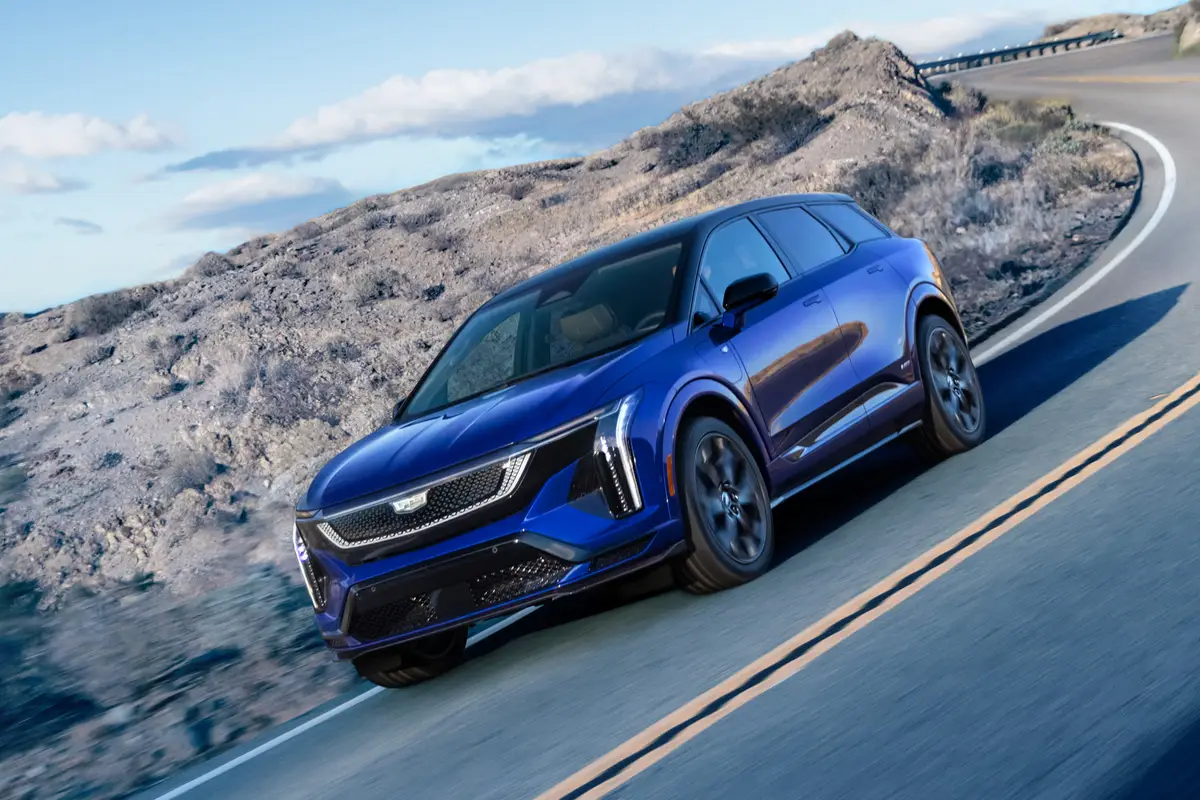Boston.com's view
Remember the early Saabs, the ones with grilles that looked like gaping goldfish mouths?
They were easily recognizable, especially during New England winters when their front-wheel-drive-powered tires let them scrabble on by as you struggled for traction in a rear-wheel-drive auto.
You’ll recognize today’s test car when it pulls up behind you as well. But the 2008 Saab 9-3 2.0T Sport Sedan, and others in the redesigned fleet, will look more like a shark approaching.
Beady and predatory headlamps, a three-piece, slatted grille, fog lamps like slits below the front bumper, and a crosshatched intake vent that hovers low and eats up the rest of the fascia. And the limited edition, black Turbo X, is downright sinister in its hunt.
In Sweden last summer, Ola Granlund, Saab’s senior designer, told me this new 9-3 has “probably the most expressive face on a Saab to date.”
It will come in sedan, sport wagon, and convertible with several engine/transmission combinations. Engines of 2.0 and 2.8 liters that push out 210, 255, and 280 horsepower will become available as Saab unfolds its new lines. We drove the turbocharged 2.0 for more than a week and it returned us to the days of the classic turbos of the mid-1980s, which were some of my favorite cars. They produced so much bang from such a small engine.
These cars were already among the safest with their crumple zones and crash energy management designs to propel forces away from the cockpit. But with more power and performance in the 9-3, Saab has further enhanced its reputation for safety.
Our test car – with a base price of about $28,000 – also included electronic stability control, ABS, front airbags, front seat torso airbags, and front and rear curtain airbags.
Among the “goodies” were leather insert seats, leather-wrapped steering wheel with audio controls, an 8-way power driver’s seat, a 60/40 folding rear seat with access to the trunk, rear fog lights (which were great to have while driving in a storm), and a free three-year scheduled maintenance plan.
Saab flat-out says this is a car for liberals. While the company is owned by General Motors Corp., Saab buyers are not Cadillac buyers and vice versa. So cool. The cult survives even under the global shadow of GM.
And, to me, this truly is a cult. Hold a Saab owners reunion and you might think you are back in the ’70s, with rainbow colors and the scent of patchouli oil. But this cult’s members are aging and it will be necessary for Saab to find a way to appeal to younger, perhaps more aggressive buyers.
This car is a great start, and as power moves up the food chain, the performance only gets better. In addition, the utility of the Sport Wagon model will make it a challenger to Volvo wagons.
And as the all-wheel-drive models – the first from Saab – hit our shores, it will be easier to once again shop Saab against Volvo. The car’s so-called Cross Wheel Drive system is second to none in its ability to correct driver error while allowing for some major approaches to the edge of control.
But our test car was front-wheel-drive and it proved great in early-winter snow.
More stable than ever, it boasts a drivetrain that grips and literally “walks” a car up the steepest of slopes with judicious use of brakes and gas, and none of the torque steer common in some earlier Saabs. Yes, there is still some understeer (plowing into a corner), but it is easily corrected.
The ergonomics and interior fit and finish are another example of GM spreading quality through its interiors. Frankly, this model’s interior is superior to the insides of the old Saabs so many of us loved.
The test car’s price was pushed to just over $32,000 with a $1,200 moonroof package that included power and slide tilt roof, remote openers for window and moonroof, and rapid-rise front windows.
Thanks to its new series of designs and models, Saab should now always be shopped against the European and Asian cars that make up this class.
Royal Ford can be reached at ford@globe.com.
Latest news



